Very Stable! this is an enlarged version of the Me-110 VTOL to control gears (don't VTOL up)
for more info; here's some W1K1P3D1A:
The Messerschmitt Me 261 Adolfine was long-range maritime reconnaissance aircraft designed in the late 1930s. It looked like an enlarged version of the Messerschmitt Bf 110. It was not put into production. 3D-model of the Me 261 Contents [hide] 1 Design and development 2 Operational history 3 Specifications (Me 261 V3) 4 References 5 External links Design and development[edit] In 1937, Messerschmitt began Projekt P. 1064, a study for a long-range reconnaissance aircraft, and took the basic design of the Bf 110 twin-engine heavy fighter as its basis.[1] The P. 1064 had a long, slim fuselage with two wing-mounted engines. The aircraft was planned from the outset as a record-breaking aircraft, but after becoming convinced that the aircraft was capable of taking the world long-distance flight record, the German Air Ministry approved the project and gave it the designation of 8-261.[2] The intended goal of the project was for an example of the aircraft to carry the Olympic Flame from Garmisch-Partenkirchen, Germany (site of the 1936 Winter Olympics) to Tokyo, Japan for the 1940 Summer Olympics in what would be a record-breaking nonstop flight[3] (5870 mi / 9445 km). The plan captured the imagination of Adolf Hitler at an early stage in its design and in tribute, the aircraft carried the unofficial name: Adolfine.[4] The Me 261 incorporated a number of features which were highly advanced for its day. The single-spar all-metal wing was designed to serve as a fuel tank and its depth at the wing root was only slightly less than the height of the fuselage.[2] The fuselage itself was of virtually rectangular section, with space for five crew members, consisting of two pilots seated side-by-side with the radio operator directly behind in the front compartment, while a navigator and a flight engineer were housed in the rear fuselage under a stepped, glazed station.[1] Power came f
Specifications
General Characteristics
- Predecessor Meserschmitt challenge!
- Created On Windows
- Wingspan 88.3ft (26.9m)
- Length 55.4ft (16.9m)
- Height 19.3ft (5.9m)
- Empty Weight 11,009lbs (4,993kg)
- Loaded Weight 24,602lbs (11,159kg)
Performance
- Horse Power/Weight Ratio 0.081
- Wing Loading 15.6lbs/ft2 (76.2kg/m2)
- Wing Area 1,577.0ft2 (146.5m2)
- Drag Points 13202
Parts
- Number of Parts 198
- Control Surfaces 8
- Performance Cost 749

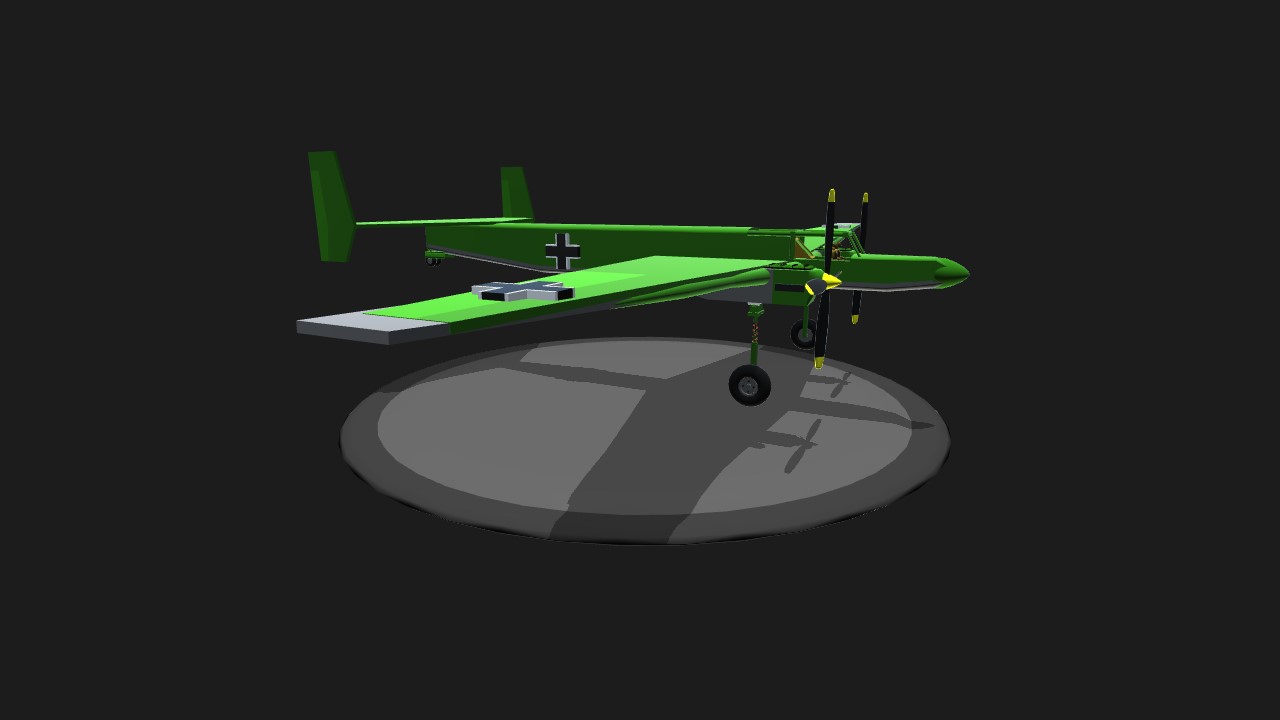
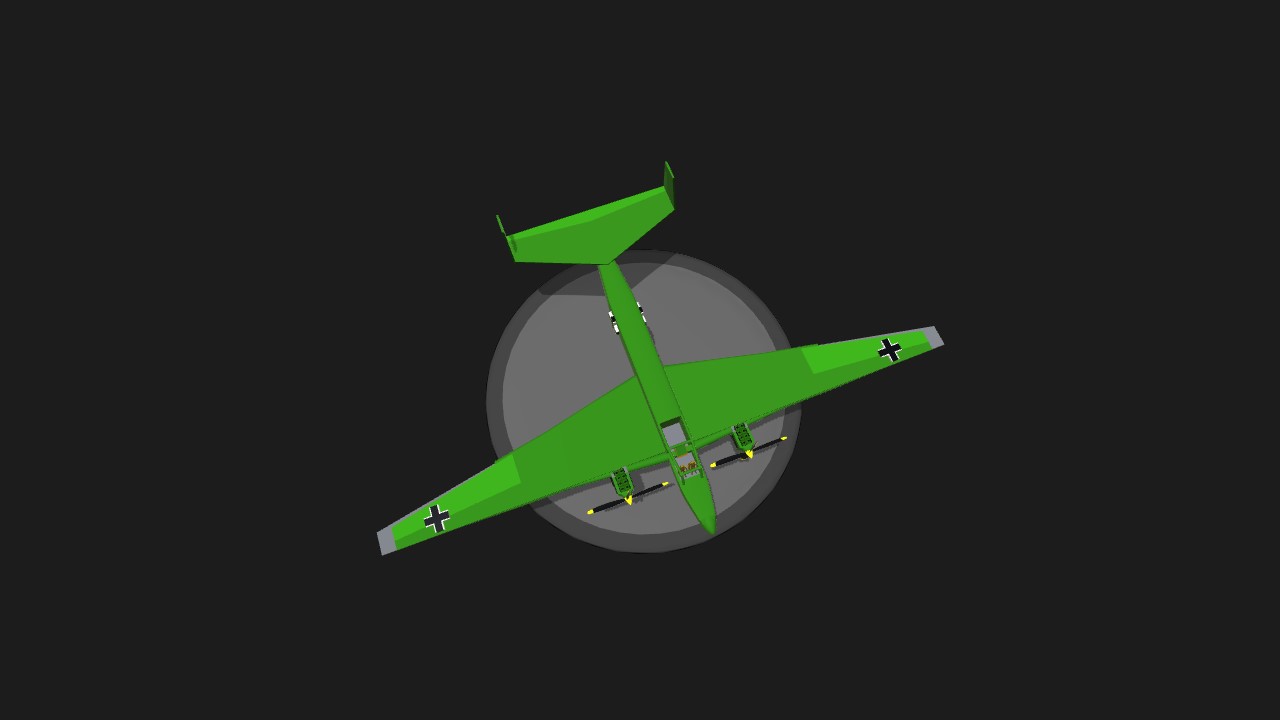
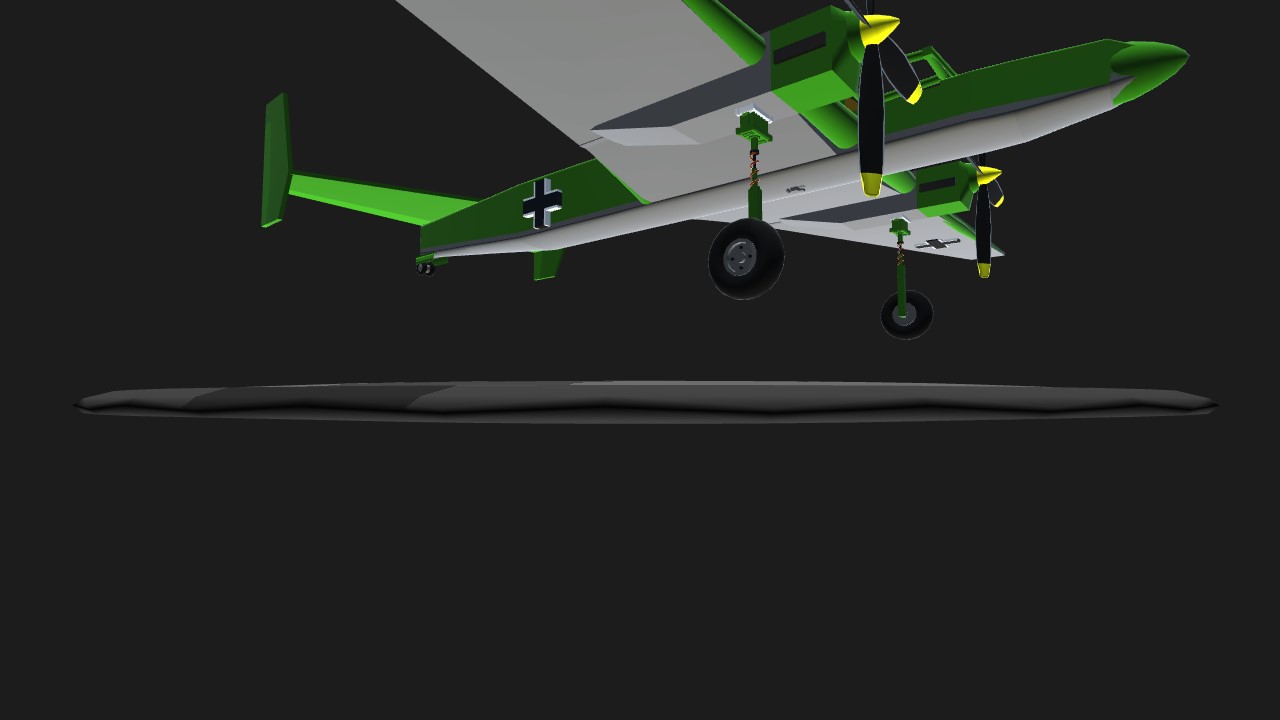
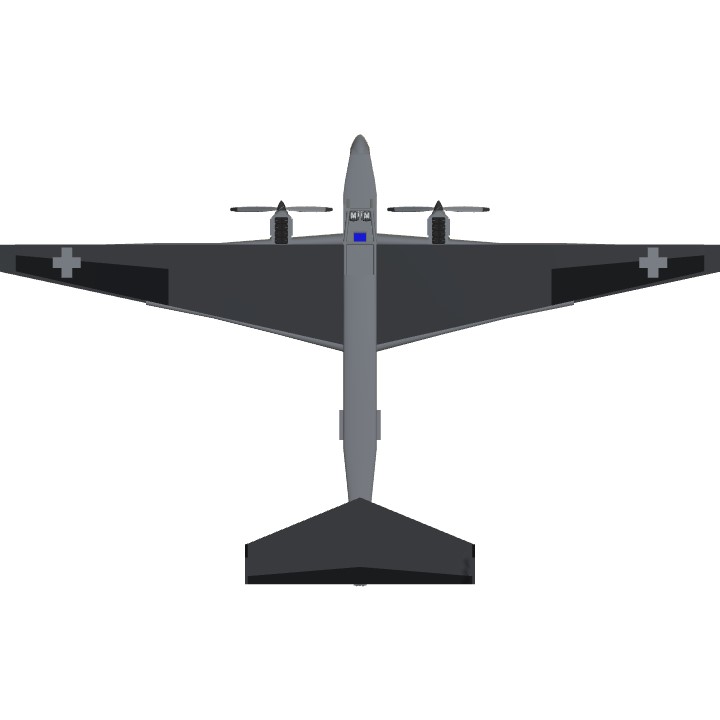
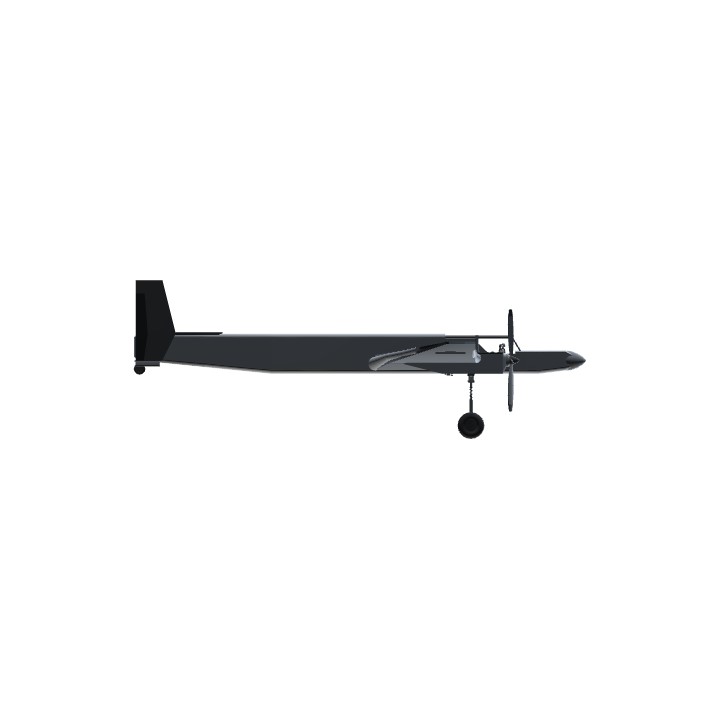
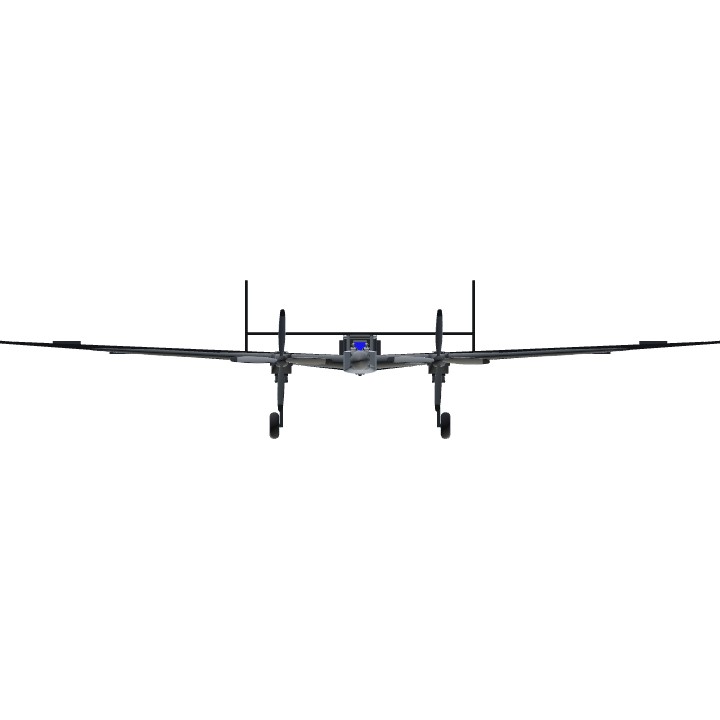
@Himynameiswalrus thanks ^^
Wow!